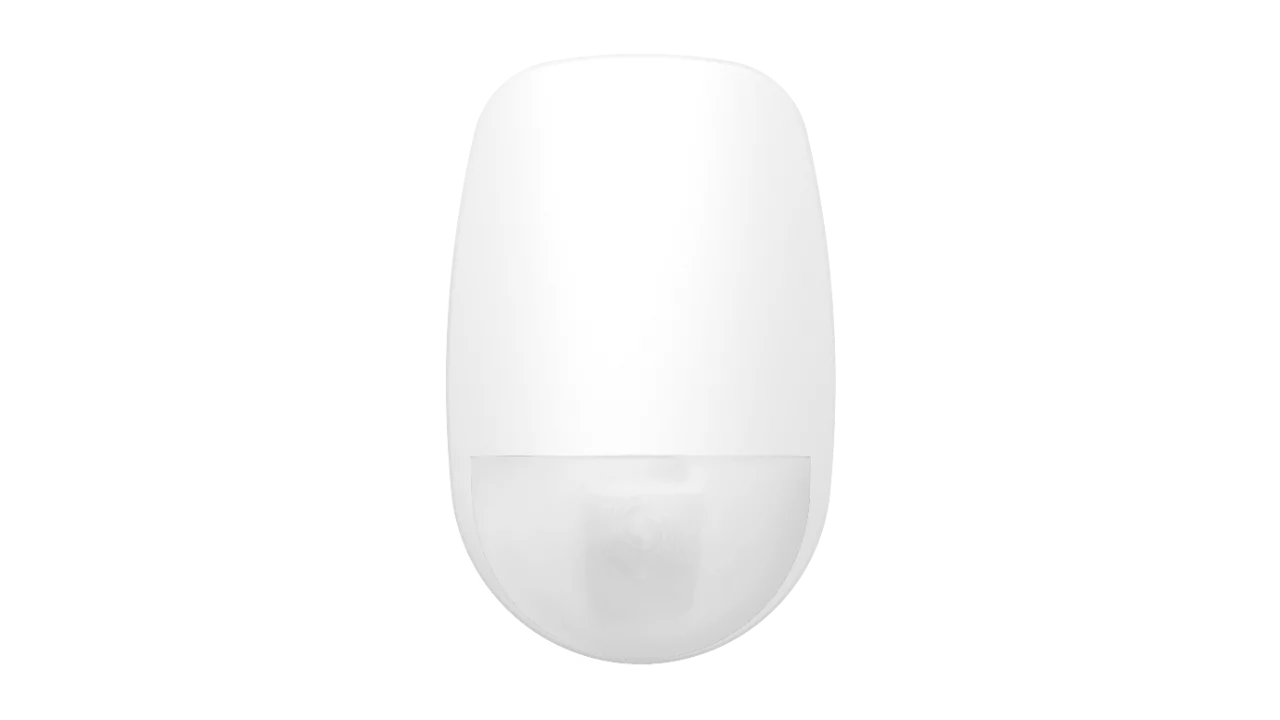Understanding DVRs: How They Work and When to Use Them
A Digital Video Recorder (DVR) is a crucial component of traditional CCTV surveillance systems. It functions as a central hub, responsible for capturing and recording video signals transmitted from analog cameras.
In this system, analog cameras capture video footage and transmit these signals to the DVR via coaxial cables. The DVR then seamlessly converts these analog signals into a digital format for efficient storage and playback. This recorded footage can be accessed and reviewed at any time, providing valuable evidence and insights for security and investigative purposes.
DVRs operate in a sequential process to capture and record video footage from analog cameras.
- Analog cameras capture video signals in their original format.
- These analog signals are then transmitted to the DVR through dedicated coaxial cables.
- Upon receiving the signals, the DVR efficiently processes and encodes the video data into a digital format suitable for storage.
- The encoded video footage is then stored securely on a local hard drive within the DVR.
While DVRs offer a reliable and cost-effective solution for basic surveillance needs, it's important to acknowledge that they typically provide lower video resolution compared to modern NVR systems. However, DVRs remain a popular choice for smaller setups or in situations where analog cameras are already in place, offering a cost-effective upgrade path to digital recording capabilities.
DVRs and NVRs represent distinct approaches to video surveillance recording, each with its own set of characteristics and advantages.
-
DVRs (Digital Video Recorders) are designed to work with traditional analog cameras. They transmit video signals using coaxial cables, which can often lead to more complex and time-consuming installation processes. Moreover, DVRs generally provide lower video resolution compared to their NVR counterparts.
-
NVRs (Network Video Recorders), on the other hand, are specifically designed to work seamlessly with modern IP cameras. These systems leverage network technology, such as Ethernet or Wi-Fi, for efficient video transmission. This network-based approach not only simplifies installation but also enables higher video resolution and a wider range of advanced features, such as remote access and integration with other smart home systems.
Although DVR systems may offer lower resolution and a more limited feature set compared to modern NVR systems, they continue to play a significant role in many surveillance applications.
DVRs remain a viable and cost-effective solution in various scenarios. They are particularly well-suited for small-scale installations where upgrading to the higher costs and complexities associated with IP camera systems may not be necessary or practical.
Furthermore, DVRs can be an ideal choice for environments with existing analog camera infrastructure, allowing for a gradual transition to digital recording without the need for a complete system overhaul.

